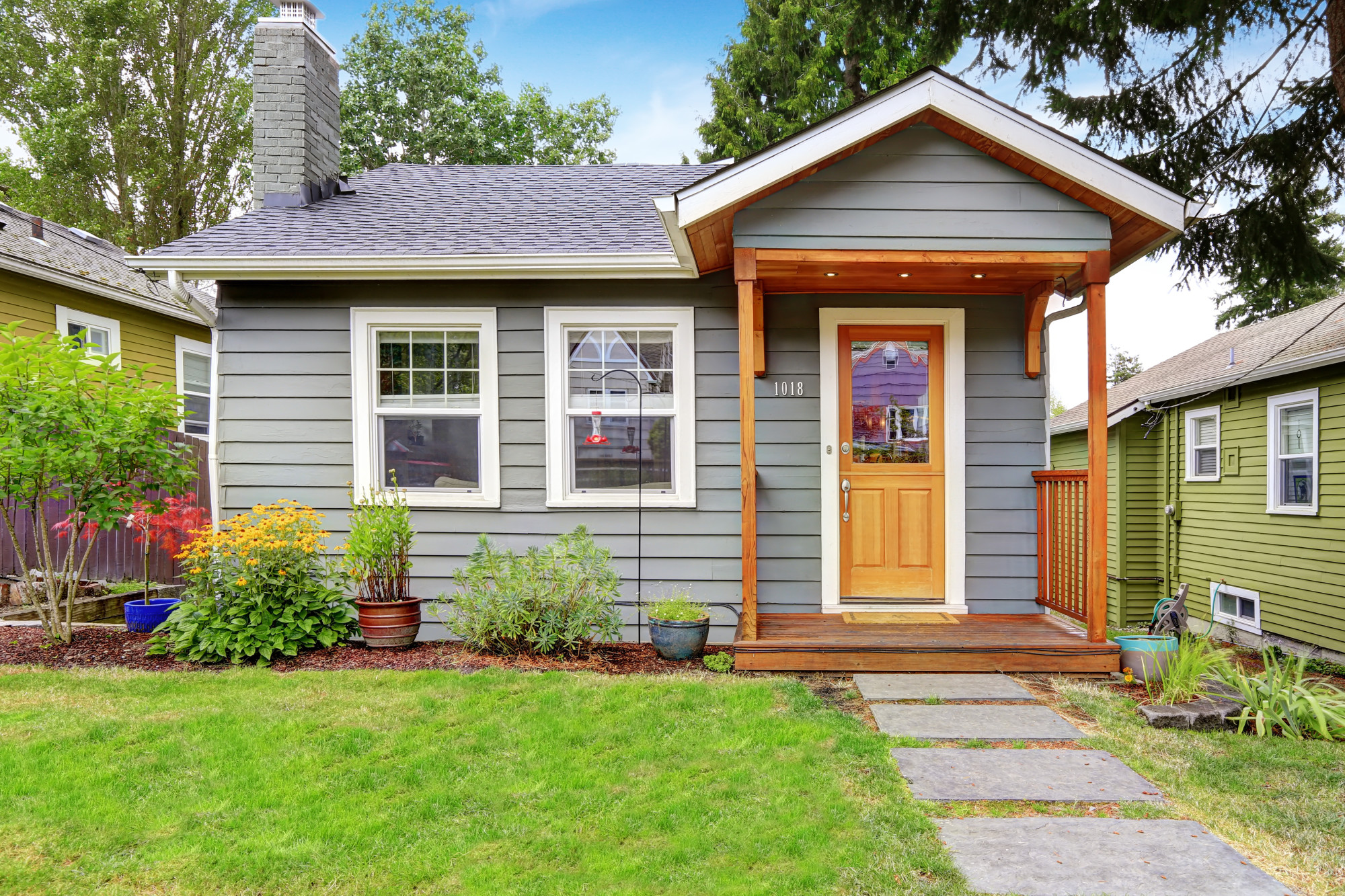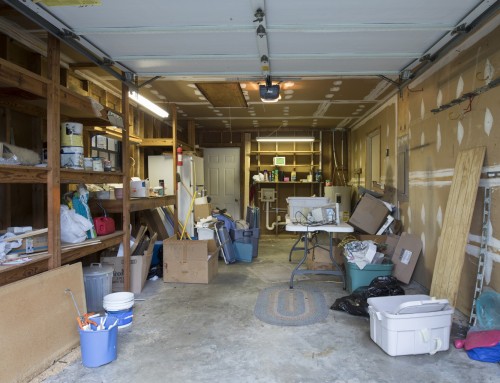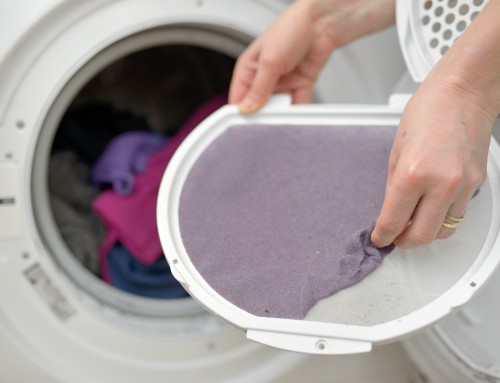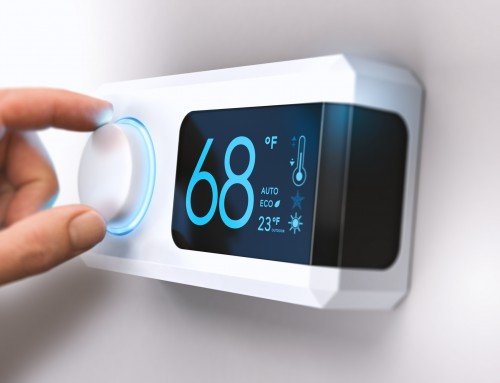Baby, it’s cold outside. That’s not a line that you only hear around the holidays. The winter chill continues far after the holidays into January and February.
For tiny house owners, staying warm indoors is just as important as it is for owners of larger homes. Everyone deserves a comfortable place to stay. Discover the top strategies for keeping your tiny home warm by reading on.
Warmth in the Winter
Proper insulation is key to warming your home. The right insulation makes your heaters work more efficiently, be more sustainable, and save money. Quality materials are worth the investment.
Insulation options abound. Fiberglass insulation is made of very fine glass fibers. There’s also stone wool insulation, built from volcanic diabase rock.
It’s made by being mixed and crushed with coke and slags. That’s then melted into a furnace to create a wool consistency.
Next, sheep wool is a fine insulation option. It’s crimped, making small air pockets that trap air. That makes a thermal barrier and a great insulator.
Besides insulation, you can use an electric heater. They’re cheaper to install than gas heaters and pretty easy to maintain.
Your choice of an electric heater depends on power availability, safety, and space. Beware of radiant heaters and any heating element that uses an exposed heat source or a burning element.
Off-the-grid tiny homes should strike the right balance between power draw and efficiency. A fan and heater combo may be worth the money.
If there’s enough room, consider an electric fireplace.
More Warmth
There are plenty more options to keep your tiny house warm.
Small houses can easily accommodate radiant floor heating. It’s installed beneath the floor and is thin. That way, your heating system will fit effortlessly in the home without using extra space.
Radiant floor heating costs less, too, because it uses a low amperage. It also heats your whole home without cold spots. Compare that to traditional radiators that first heat the air closest to them.
Another important tip for your abode is by protecting your pipes from freezing. Frozen pipes not only mean no warm water but could also spell burst pipes.
Secure your pipes by keeping water supply lines in your home. Your pipes should get as little air as possible. If you can’t bury a water supply line underground to stop it from freezing, line the pipes with insulation.
In a more extreme scenario, you could simply hire machinery movers to move the house to a warmer area.
There’s Some Warmth in This Tiny House
Your tiny house is special, so it deserves special attention.
Tiny homes are unique enough. You don’t want to mess up your living situation by failing to keep your house warm. Follow some of the strategies mentioned above to make things nice and toasty.
Unlock other keys to a more comfortable life by checking out the Lifestyle section.











